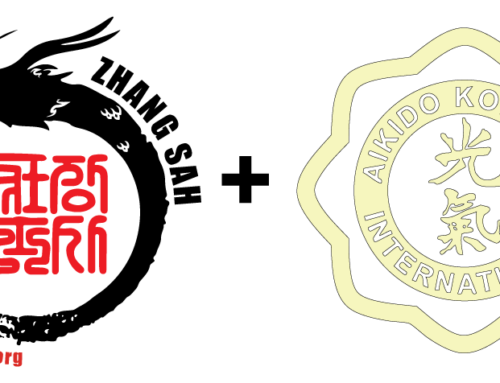
I remember attending a workshop in the early 1990’s. The presenter was expressing to a room full of martial art instructors, of various styles, how to ensure students were focusing correctly in class. He said that there were three parts to achieving focused concentration:
- Focus your eyes
- Focus your mind
- Focus your body
A few years later, Grand Master Chang told me that part of our work in teaching at Zhang Sah, was to support a young student from having their minds be in 1,000 places at a time. The goal should be to bring that down to 100, then to 10, and ultimately, achieve a single-focus mindset. Only then could their mind’s power be used like a laser. It was a difficult process for most students, but little by little we could achieve this capacity.
In martial arts class, we call students’ to attention position prior to practice. The class command in Tae Kwon Do is ‘charyut!”. When a student stands in charyut, their legs are together with their heels touching and toes apart. They stand upright with their hands on their sides. Their eyes are faced forward and mouths closed. They are not permitted to fidget in this position, they are not even allowed to blink. If a bee landed on their nose they should ignore it entirely. We have a similar call to attention in Judo and Karate class when students’ are called to attention when the teacher commands “gioske!” Calling students to attention is a normal protocol for ensuring order, safety, and productivity in the dojo.
When I created the after-school program at Zhang Sah, I found it necessary to build some connective tissue between the dojo tradition of calling students’ attention in the dojo and the classroom. This is especially important during homework time. Students benefit from the same level of preparation and mindset applied to dojo practices as in the classroom. I call it “charyut for homework”.
The goal of “charyut for homework” is to establish order and productivity through increased focus. How “charyut for homework” works:
- Clear the space where the student will be working. Often students are seated at tables, so we must put our belongings under the seat at the table. Place our work in front of the student on the table. The “work” can be a worksheet, text, workbook, or anything that the time needs to be dedicated to that does not require physical activity.
- The students’ feet must be placed directly underneath them, set flat on the floor. The chair or students’ seat needs to be brought up close to the table and the student is squared over their work.
- The students’ eyes must be set to look at the material on the table. The eyes cannot wander.
- Lastly, the student must think about what they are doing.
This is not solely a physical practice but a physical ceremony used to support learning. It is the role of the teacher to inspect the students during each part of the “charyut for homework” and then they must monitor that students keep on track.
When I am conducting a homework session, I often use call-and response methods to teach “charyut for homework” and to help me reinforce strategy. I will begin by asking the students to take out their work and place the rest of their belongings under their seats. I’ll then ask the students if we are ready and they will reply yes-sir when they are. Then I will call: “charyut for homework: feet on the floor, sit straight in your chair, eyes on your work, and focus your mind.” As the silence sets in, you can openly observe how they are absorbing what they are working on and how tethered their minds are to their focal point. This is where the work begins, and this is where steely concentration is made.


